For my textual analysis I’m going to be talking about mine and Samuel John’s C.P.R film ‘One Who Looks’. The film is primarily based in an old peoples home where all the residents have a dark past, but when a new resident moves in this disrupts everything. The residents of the home routinely sacrifice anyone getting too old and small infant animals in an attempt to summon a dark presence that lingers in / around the home. The film focuses on following the story of an old woman who has moved in and her troubles with the other residents, in the end she accepts the summoned spirit and it accepts her, resulting on it turning on the other residents that previously tried to summon it and tormented it.
The film deal with many issues, the main one being old people wanting respect. We decided to focus on this as it’s something that hasn’t really been explored in depth and a strange horror film is a good way to explore it. Something else we want to explore is creating pure horror without jump scares, the feeling of uneasiness and tension, we hope to achieve this though long lingering shots and uneasy and intrusive encounters.
Someone with their mother / father in a home
Hopefully the film will portray the home as a scary place and should make someone who knows someone in a home visit them more. IT should hopefully highlight that moving into a home could actually be a scary prospect for an old person, after being independent for so long they are suddenly thrust into this limbo of just sitting around. Someone with their parents facing going into a home may watch this and help to settle them into the home more than they would if they hadn’t. someone in this position may also treat the other residents of the home with more respect or even make an effort to find out about their stories and past.
Someone old and in a home
Someone who is aged and in a home may take in one of two ways, they may see it as a bit of a joke and get the point or they may take offence to it. The film is really trying to play on the fact that older people just want to be respected, not mocked or looked over. Having power means having respect in their eyes (in the film, not in general), their power comes from summoning this monster. An older person should hopefully pick up on these themes and also, and also enjoy the film because it’s about them and empowering them. But what does an older person look for when they watch a film? I think perhaps something that reminds them of their past. In this film their are stories of each old persons past, they tell tales of their bad deeds, so perhapse an older person may look back on their regrets. In that case would this film make them sad?
Someone looking for a different kind of horror experience.
I imagine if you’re looking for a new horror experience you’d be look for something different, this is exactly what we’re trying to go for. Old people are the protagonists and antagonists, something that has rarely been focus to many films, and if they are the focus they’re aimed at an older generation. Our film has long lingering shots, that make the viewer feel uneasy and as if they are the one who looks, they almost become the monster until we see it move, suddenly changing their perspective, it jolts the viewer into an uneasy and makes them distrust the film.
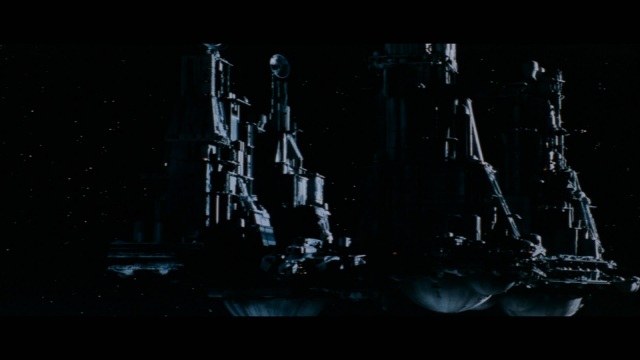
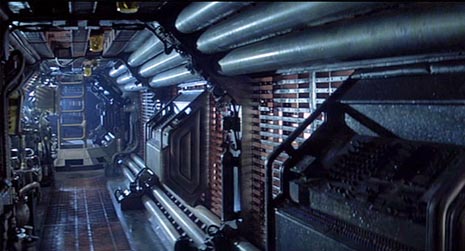
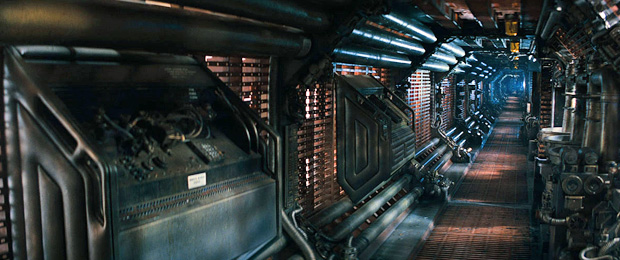
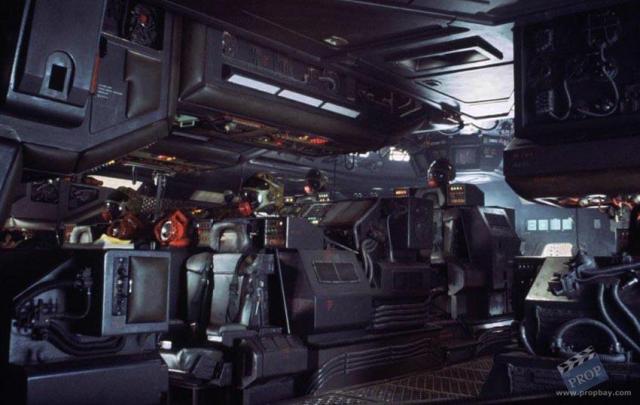

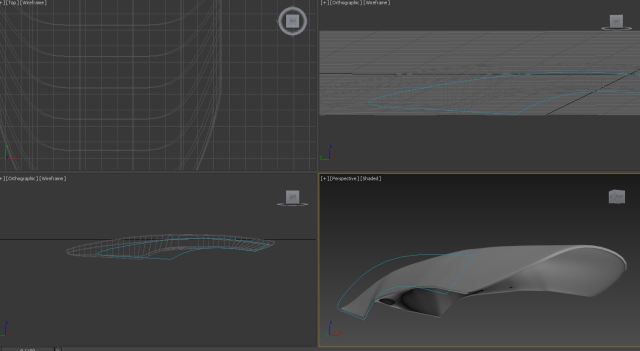
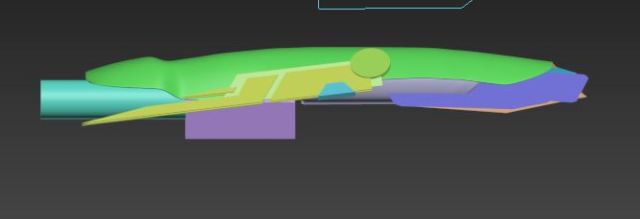
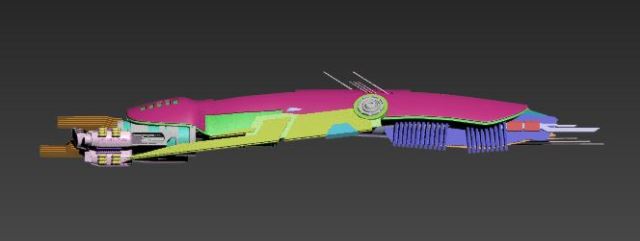
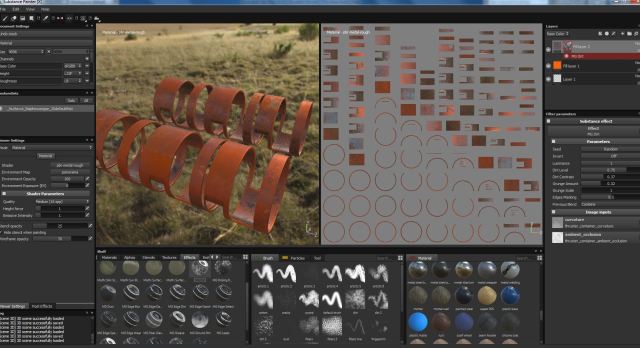
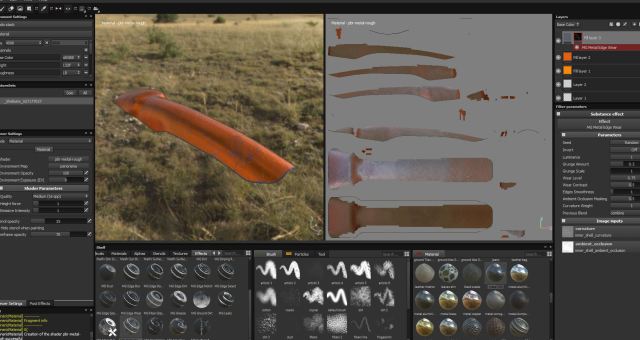


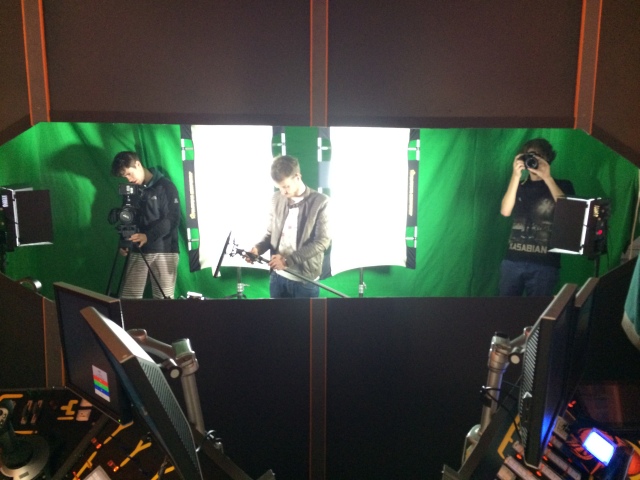
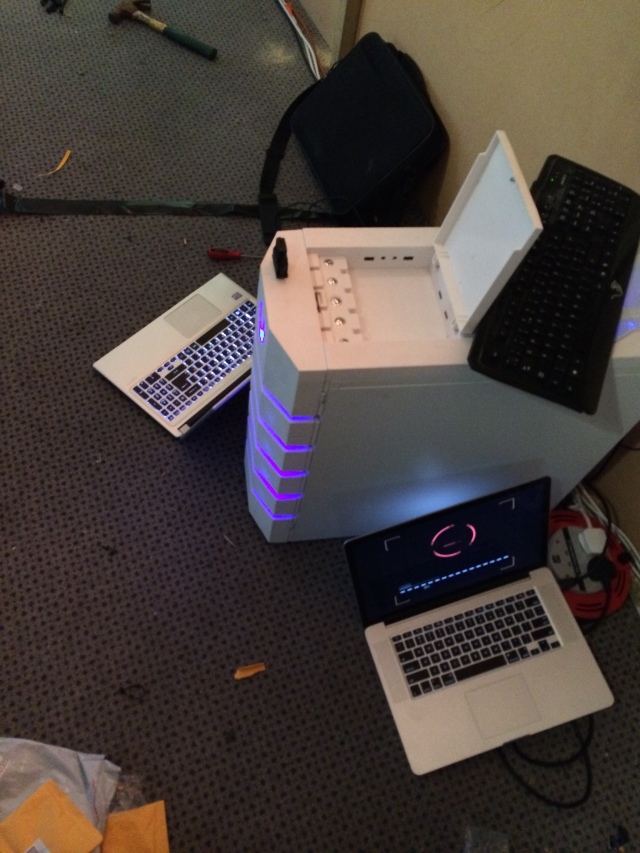
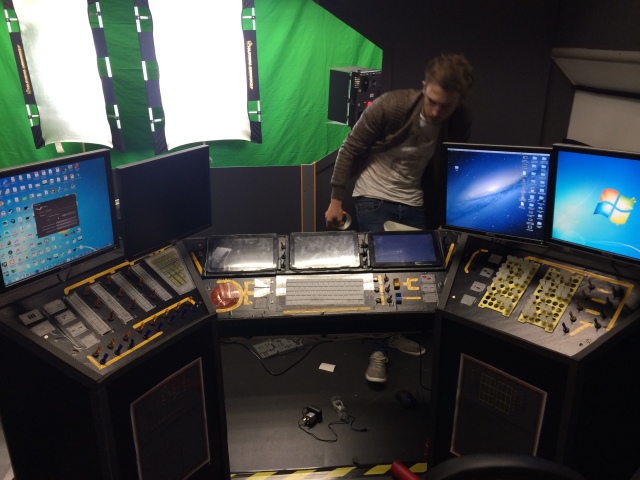


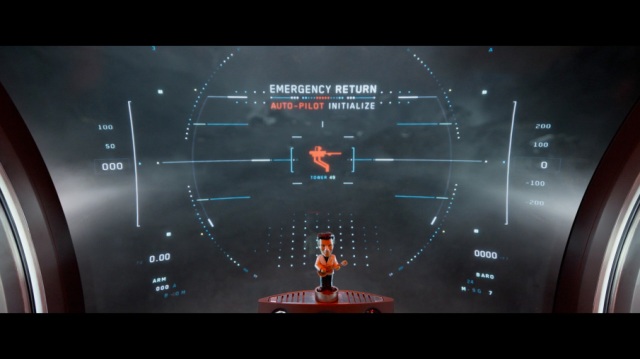
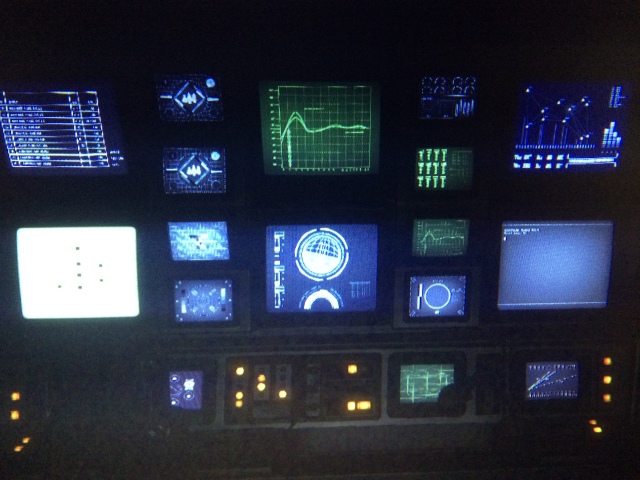
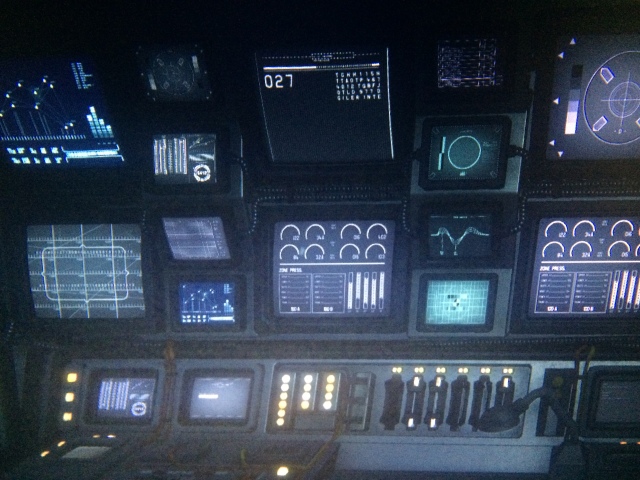
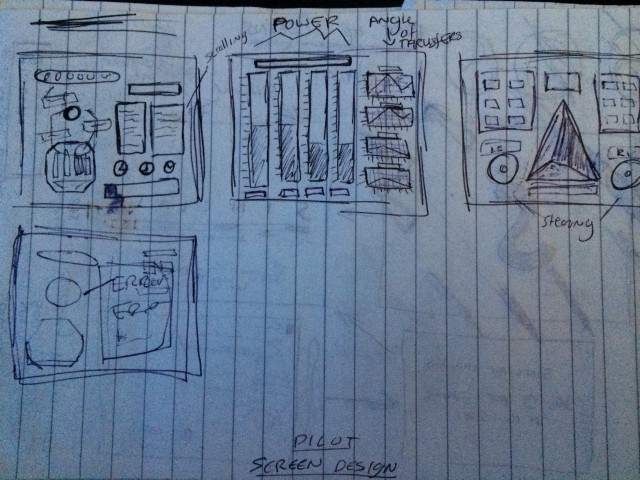

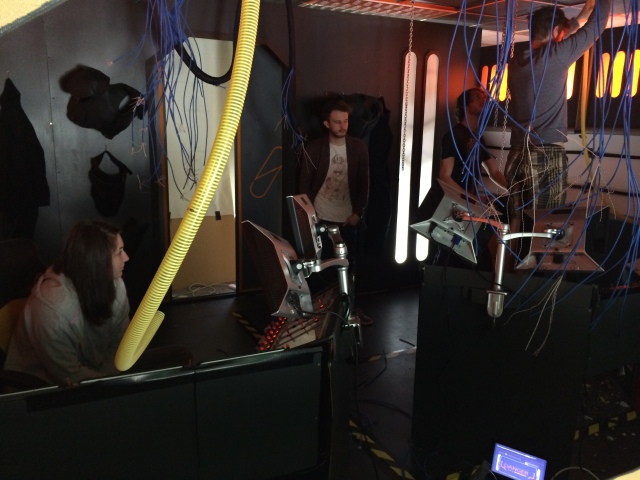
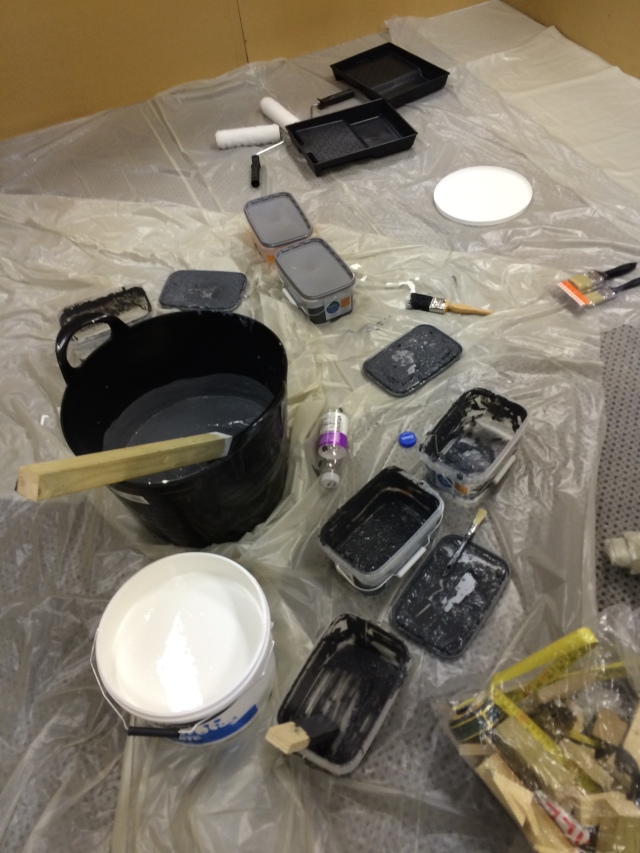
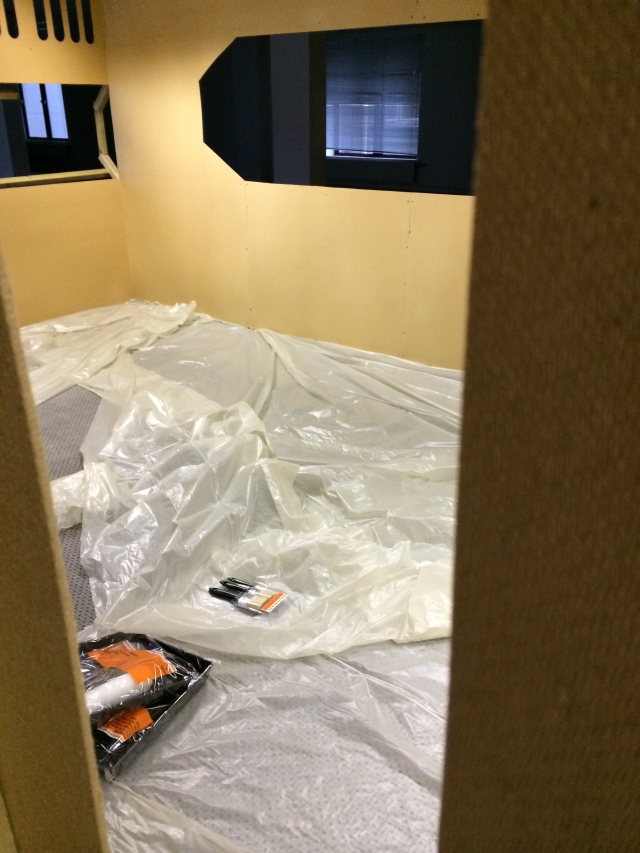
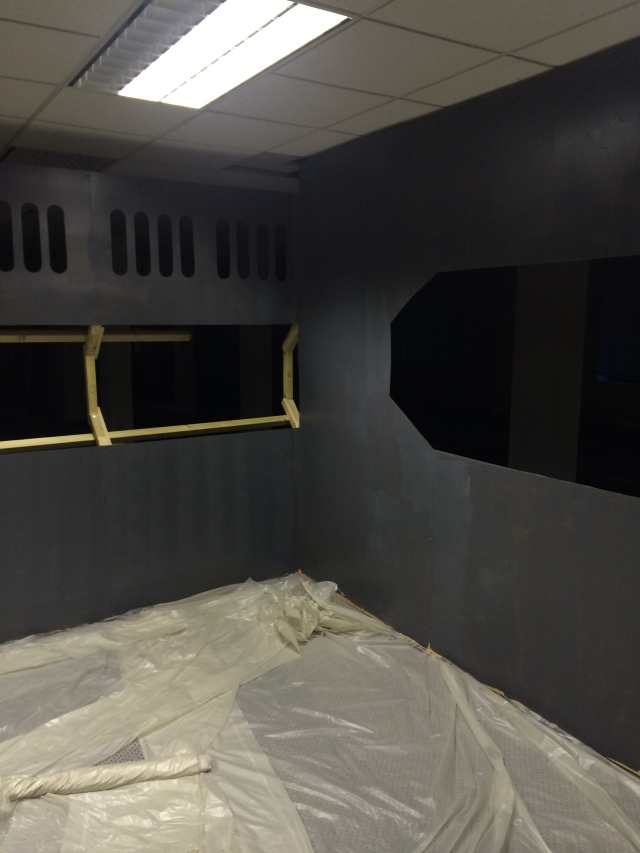
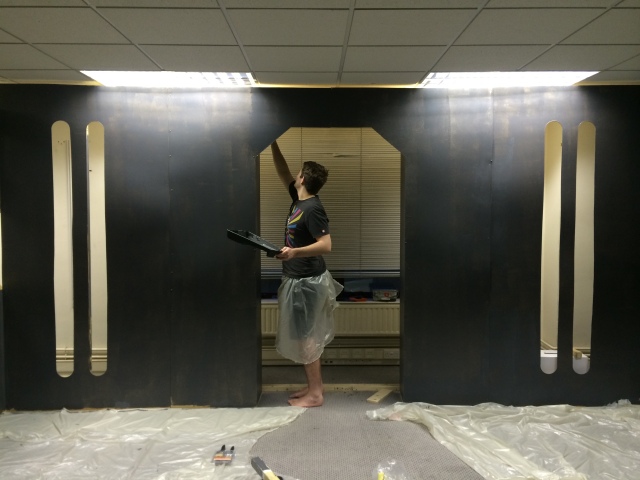


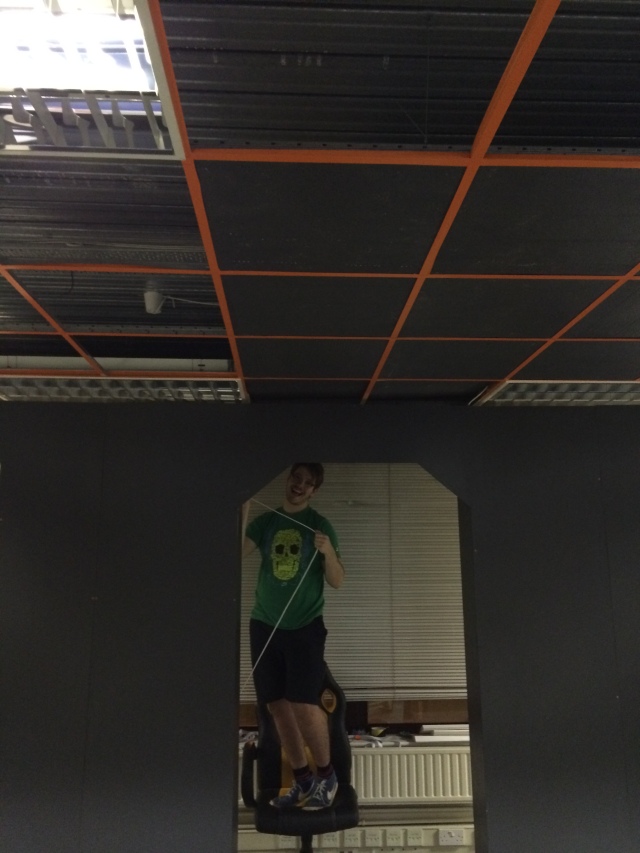

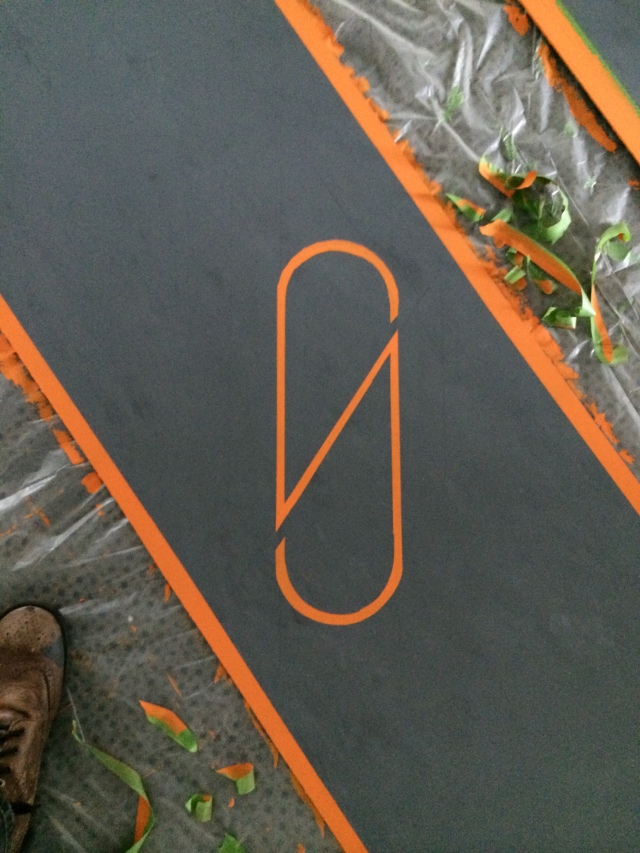
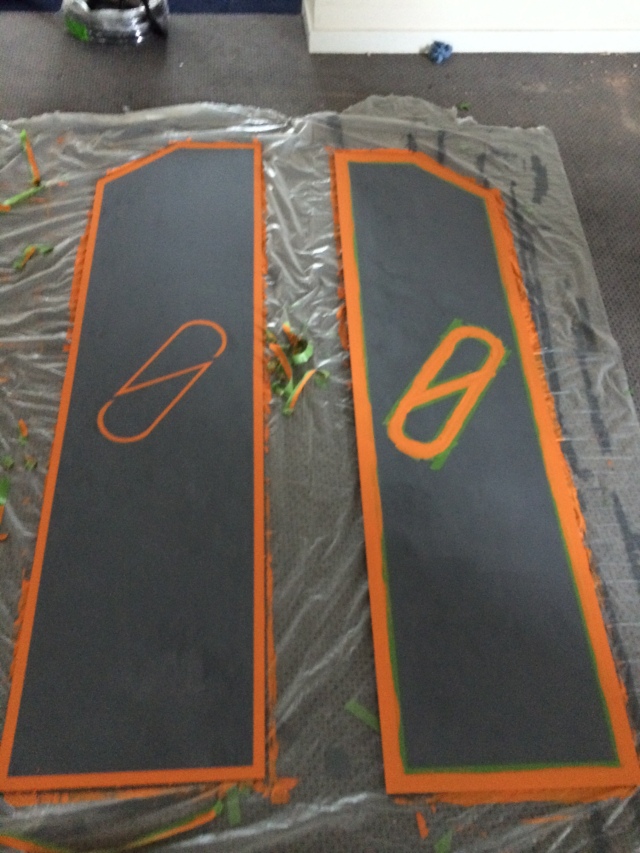
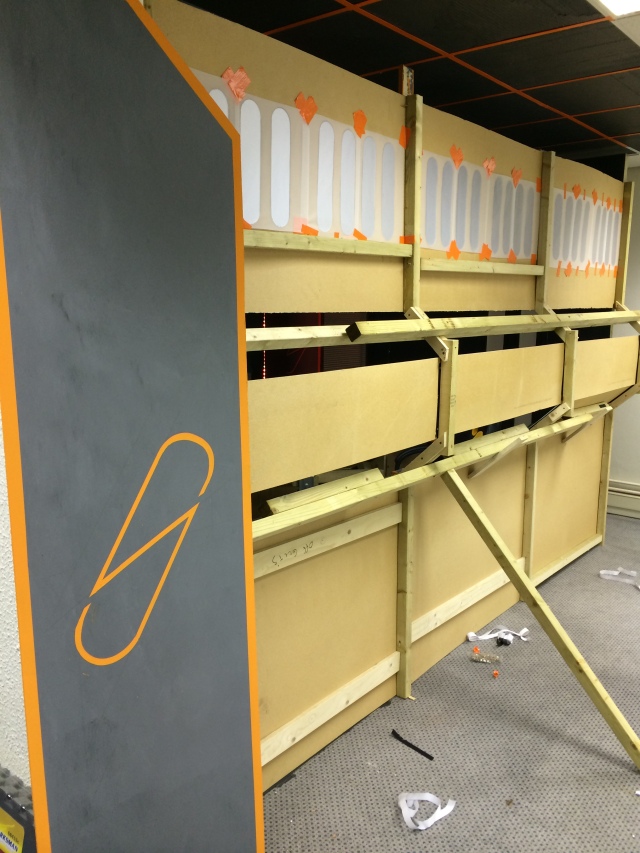
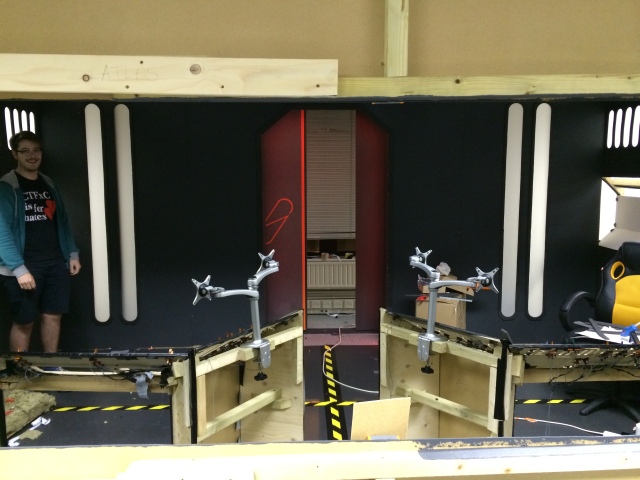
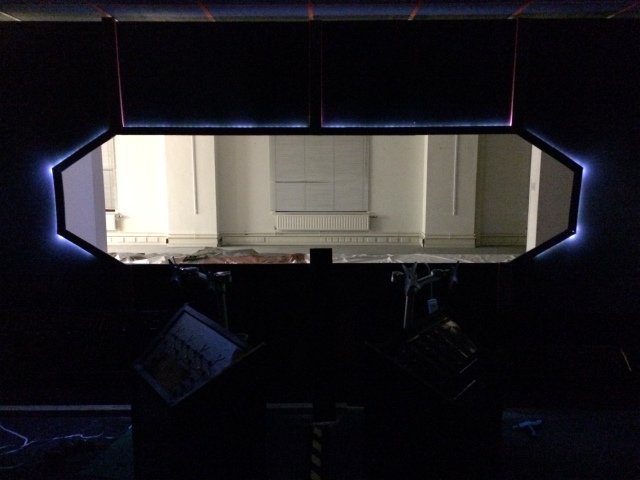

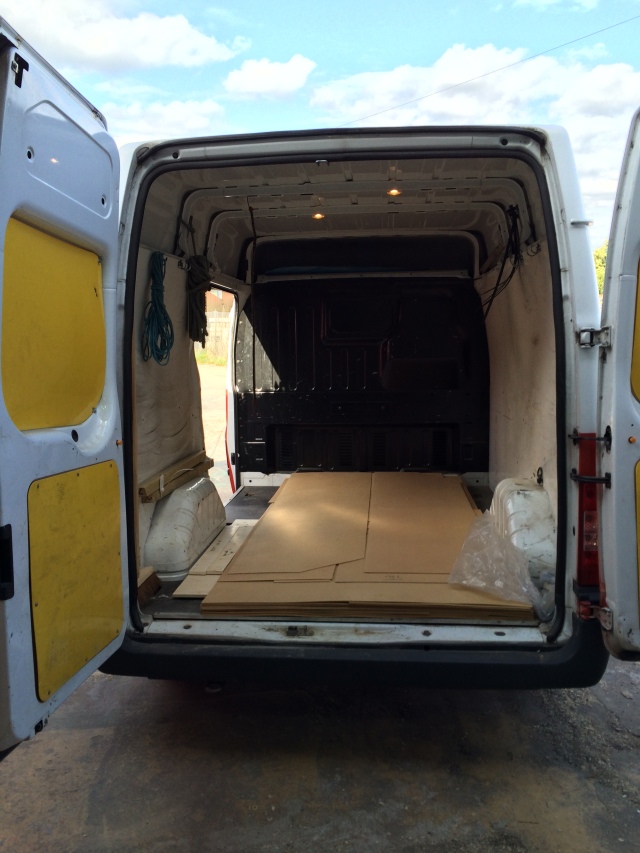
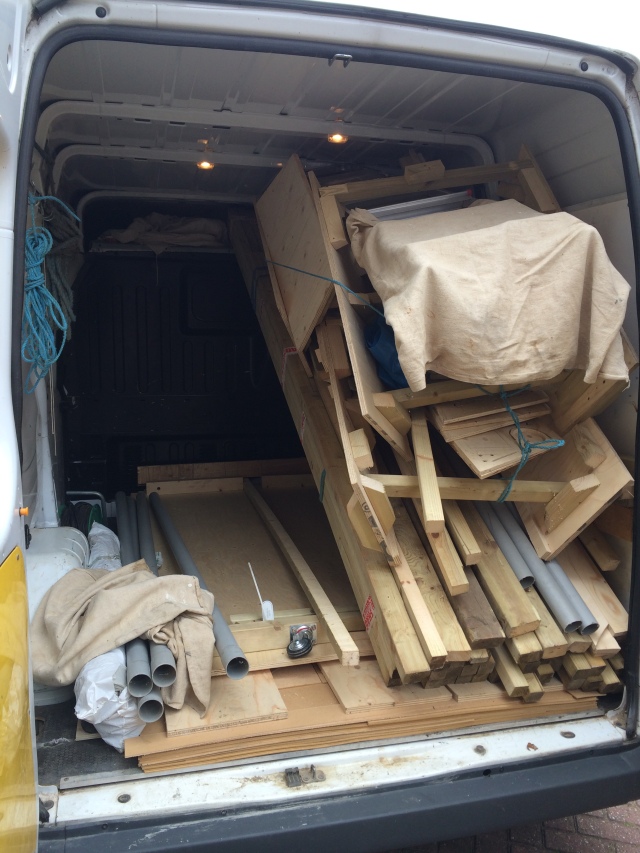

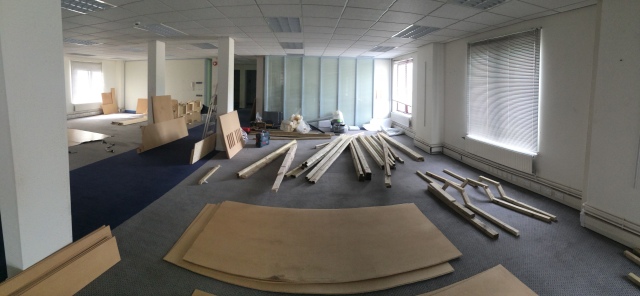
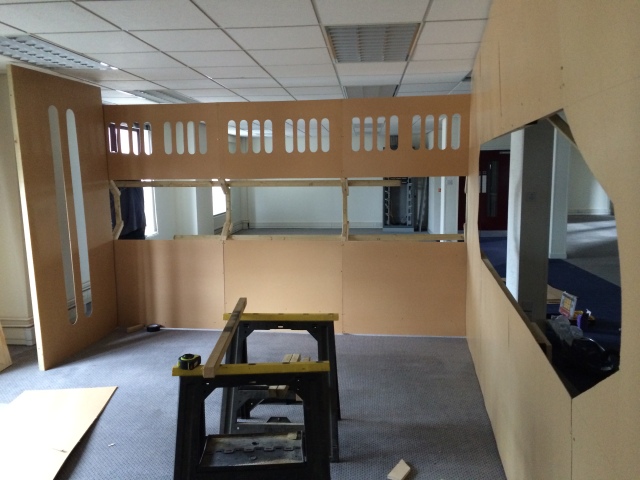
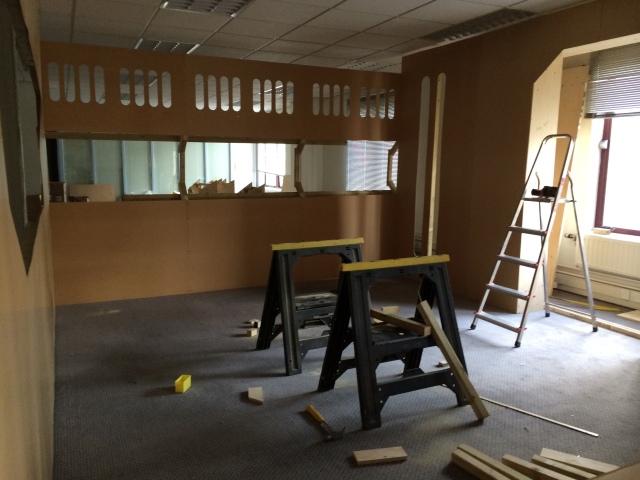
You must be logged in to post a comment.